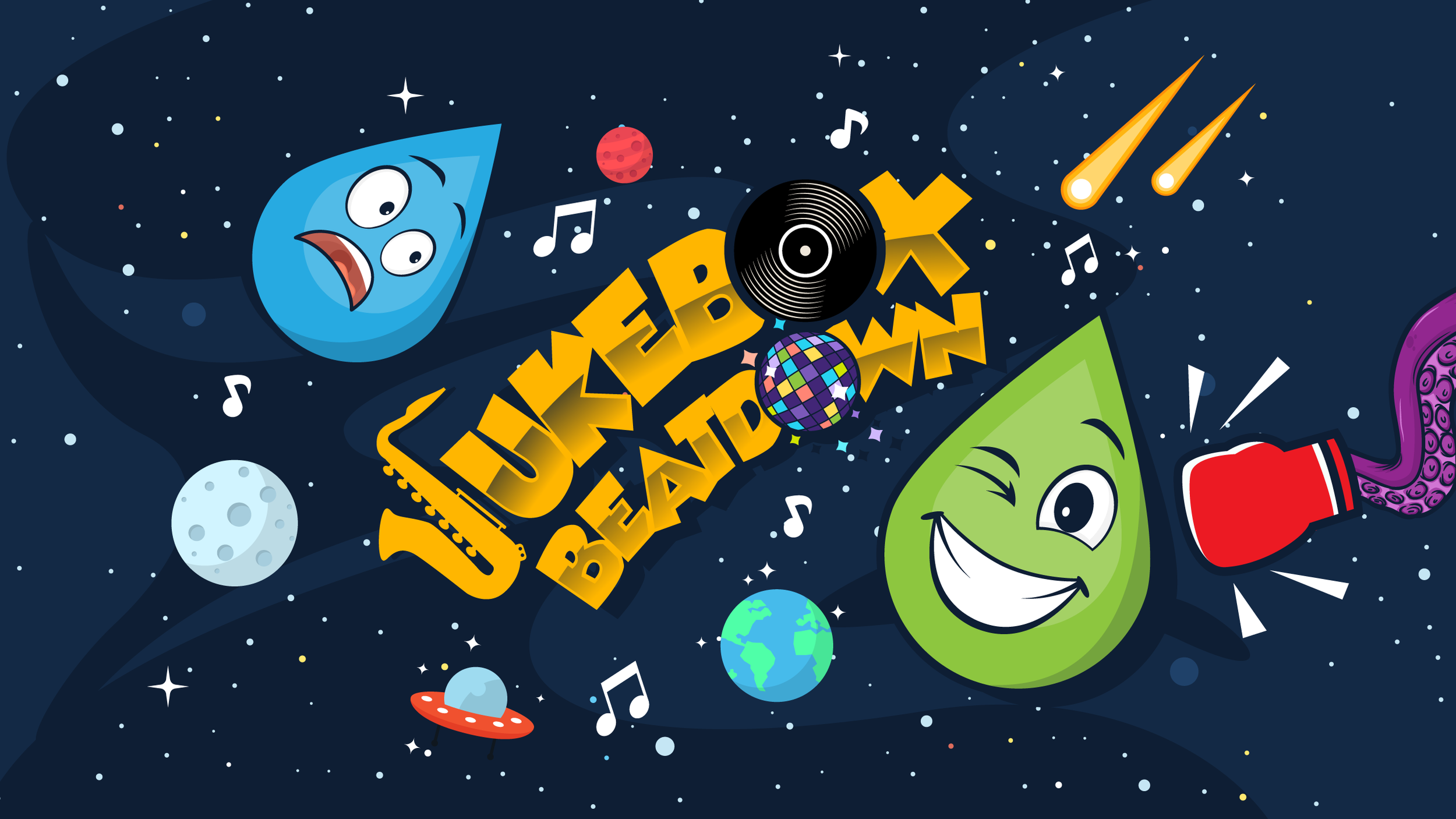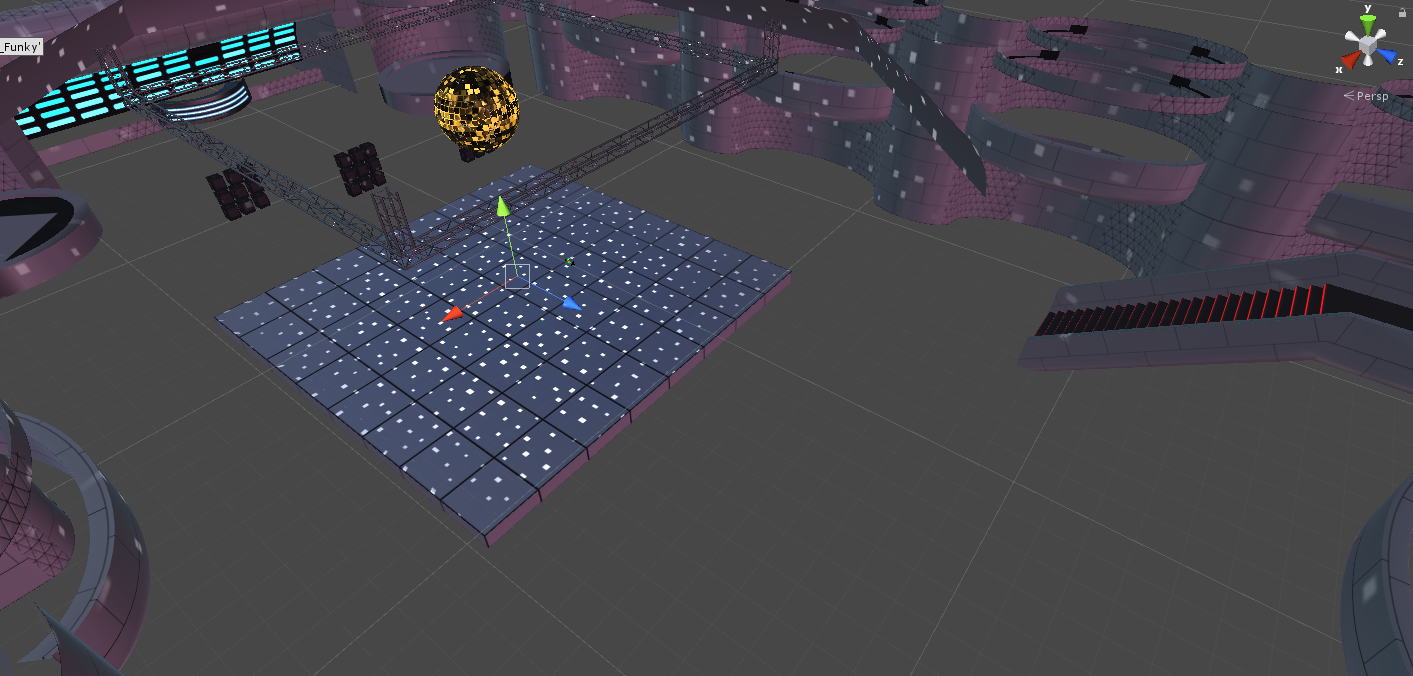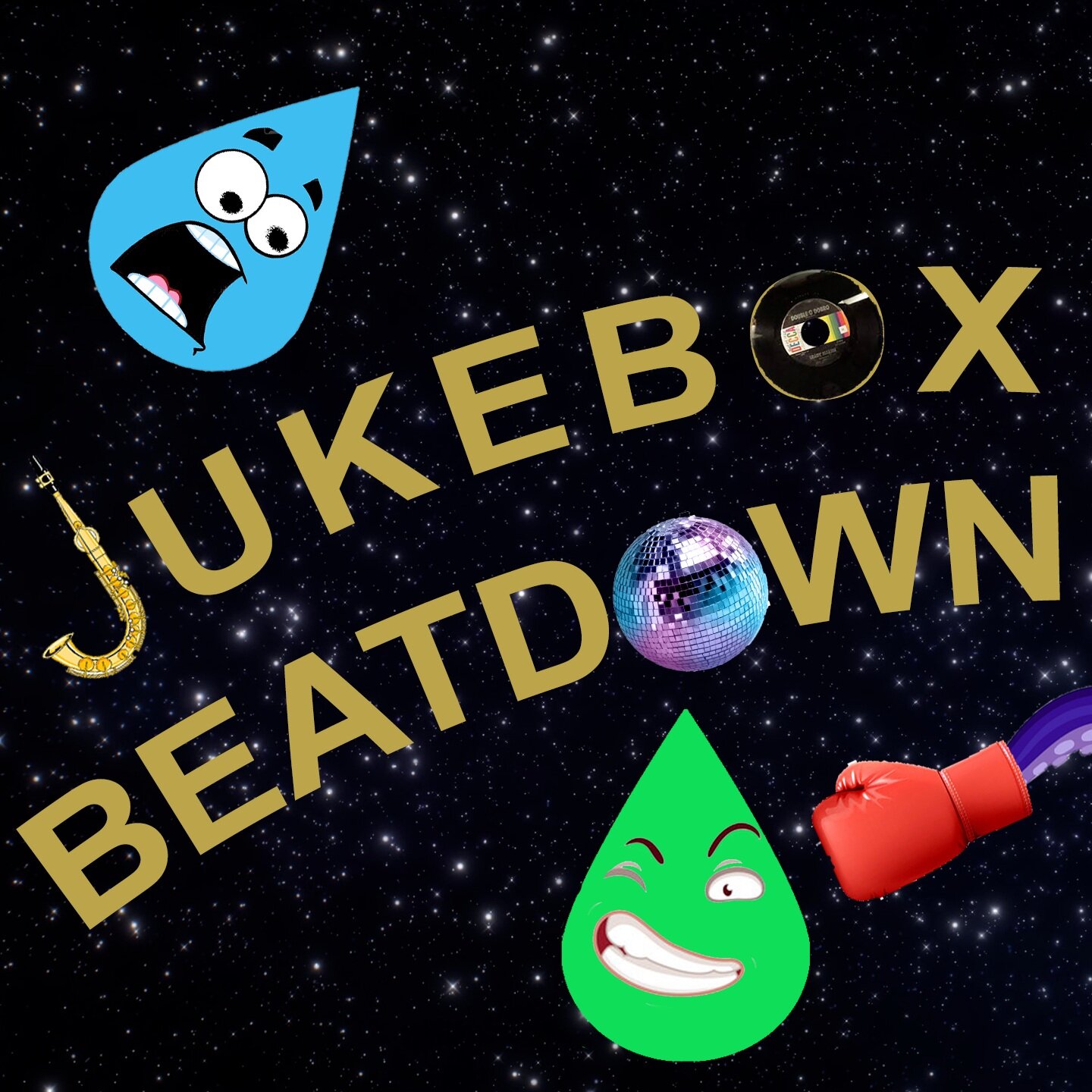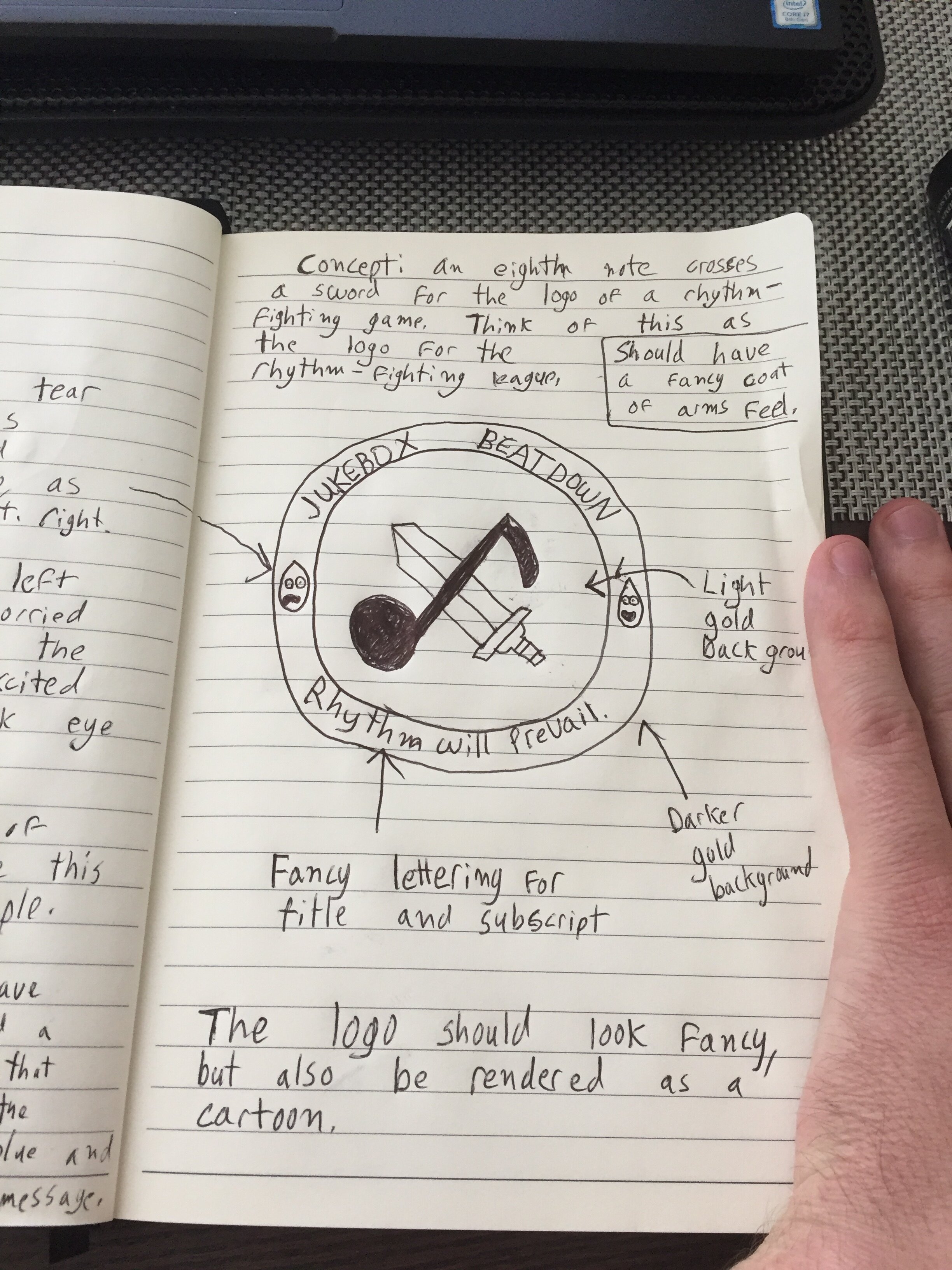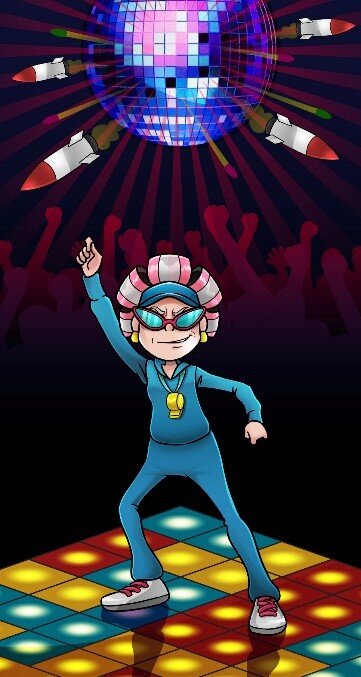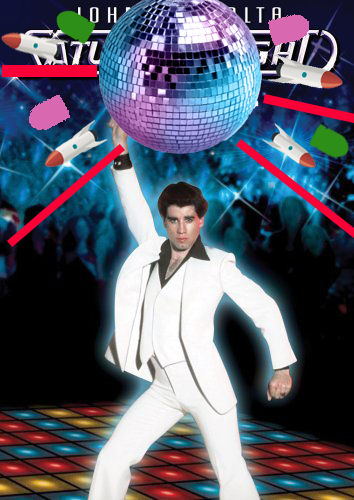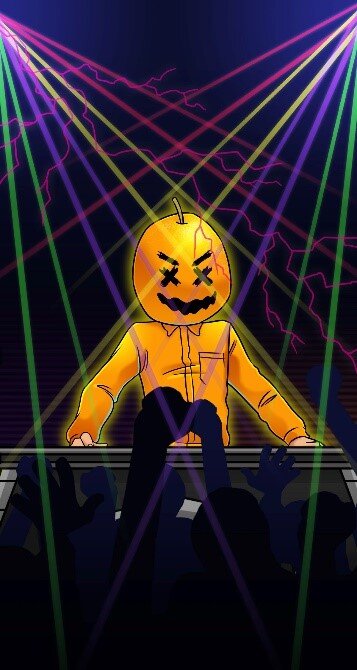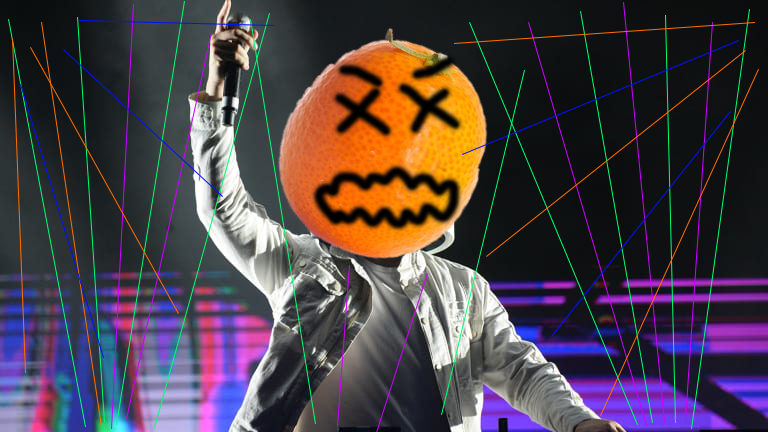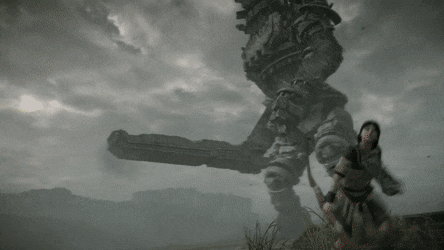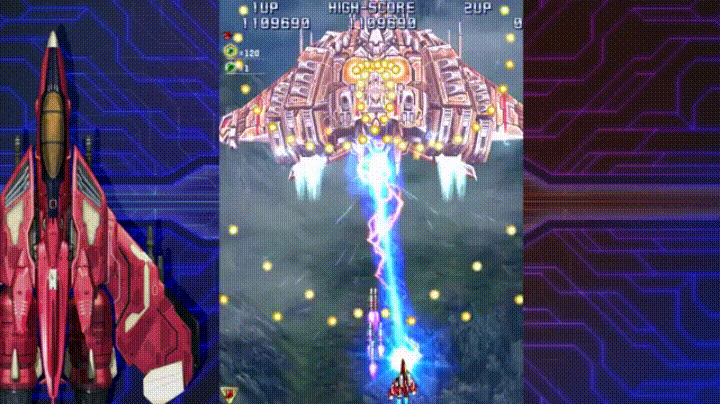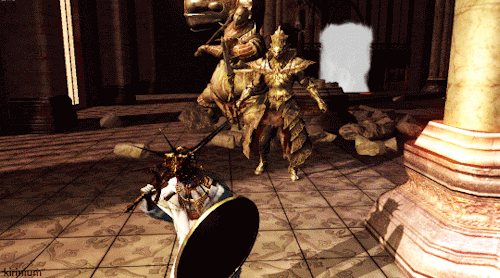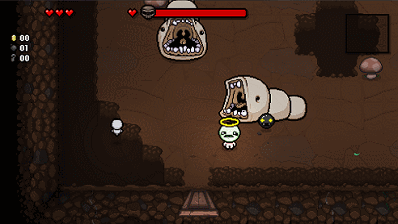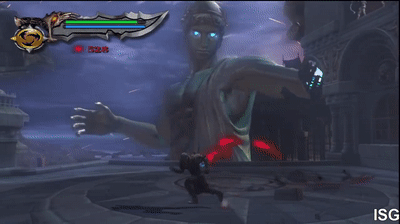After several months of work, I am excited to announce I am releasing the final build and gameplay video for Jukebox Beatdown, my VR rhythm-combat game!
New Features in this build Include:
A ranking system that gives you a grade based on your accuracy, speed, health, and ability to stay on-beat.
A new fourth phase in the Funky Franny battle. During the saxophone solo, Franny will now unleash slash attacks upon the player.
A new interactive tutorial that tests the player’s understanding of core mechanics.
Visual overhaul of Funky Franny’s attacks
A “Lose” Screen that shows how close you are to beating Funky Franny.
A rework of the game’s sound effects.
Reworked the third phase of the Funky Franny fight to make it easier.
To see all these new features in action, check out the new playthrough video below:
Thank you to everyone who supported the development of this game, especially our team and playtesters!
Credits:
Game By: Brett Moody
Music By: Benjamin Young
Vern-Omega Voice By: TinyMike

